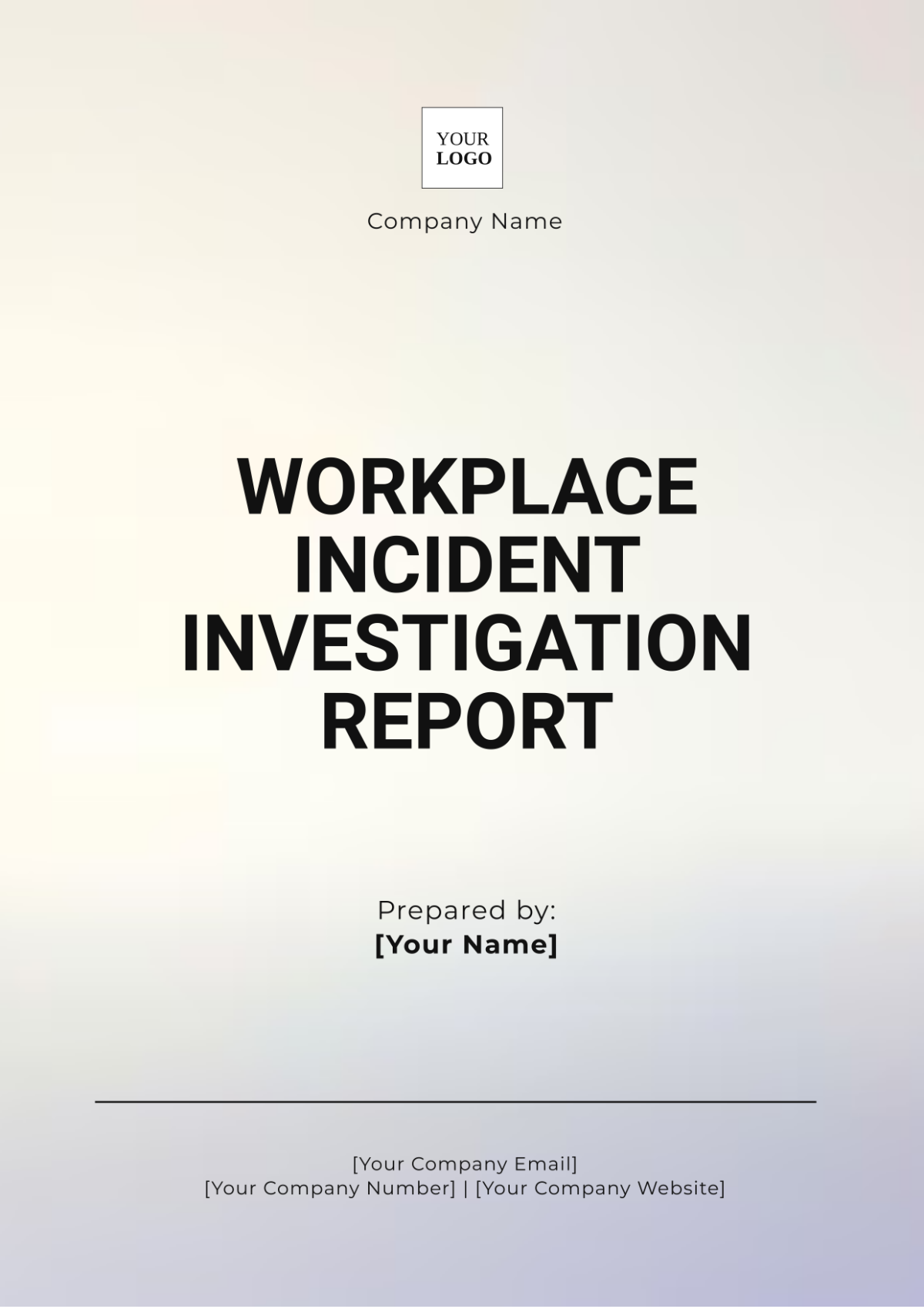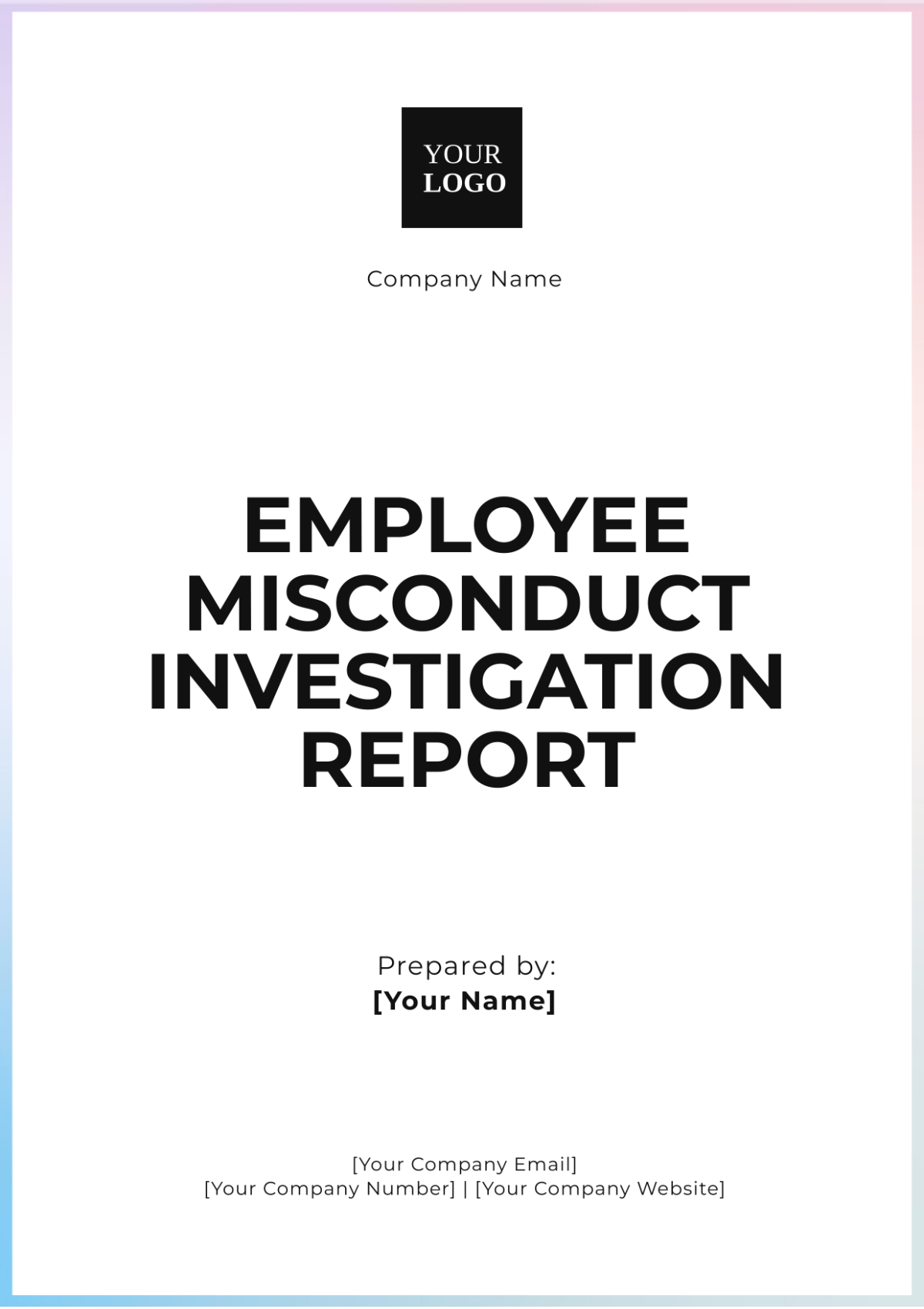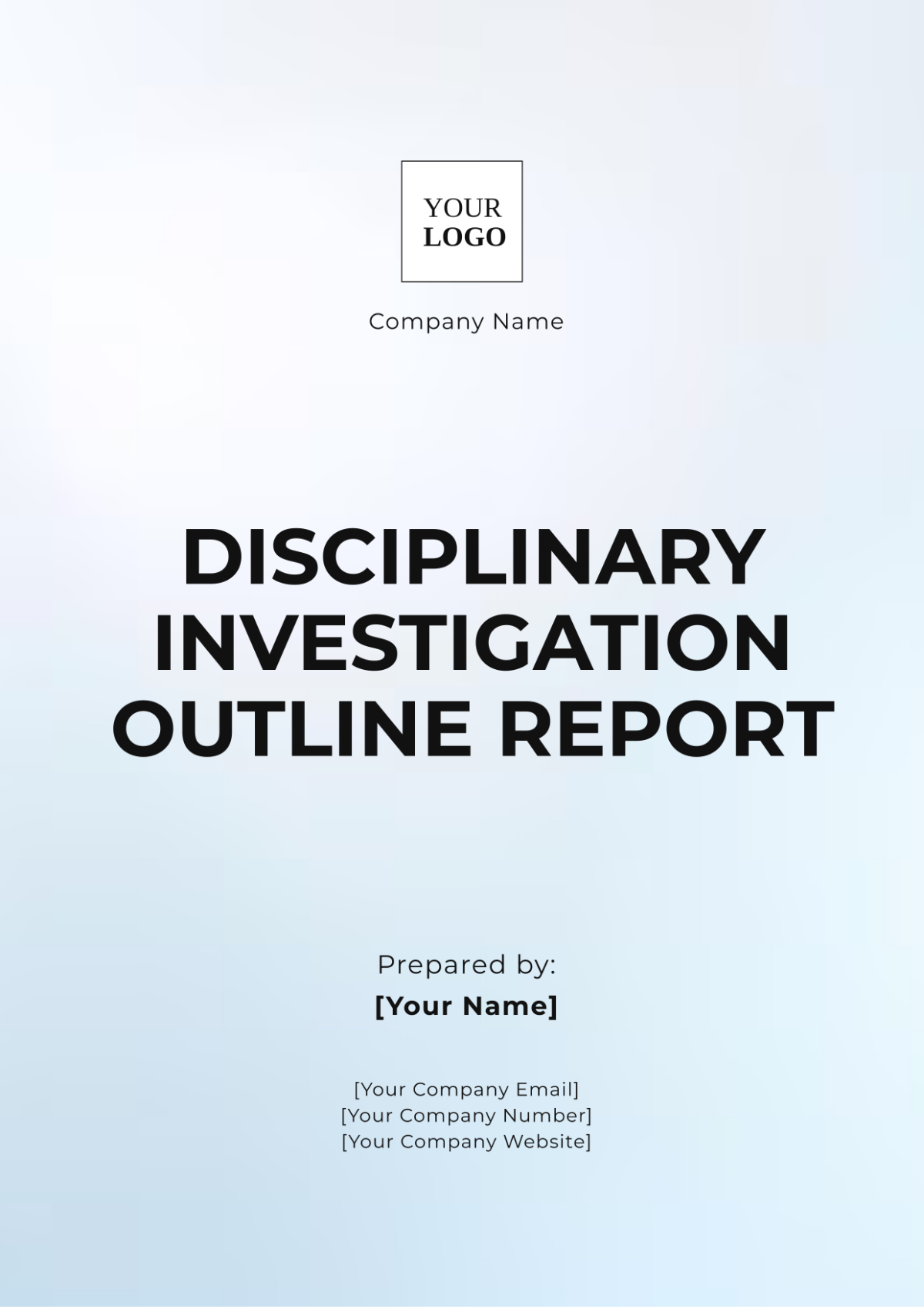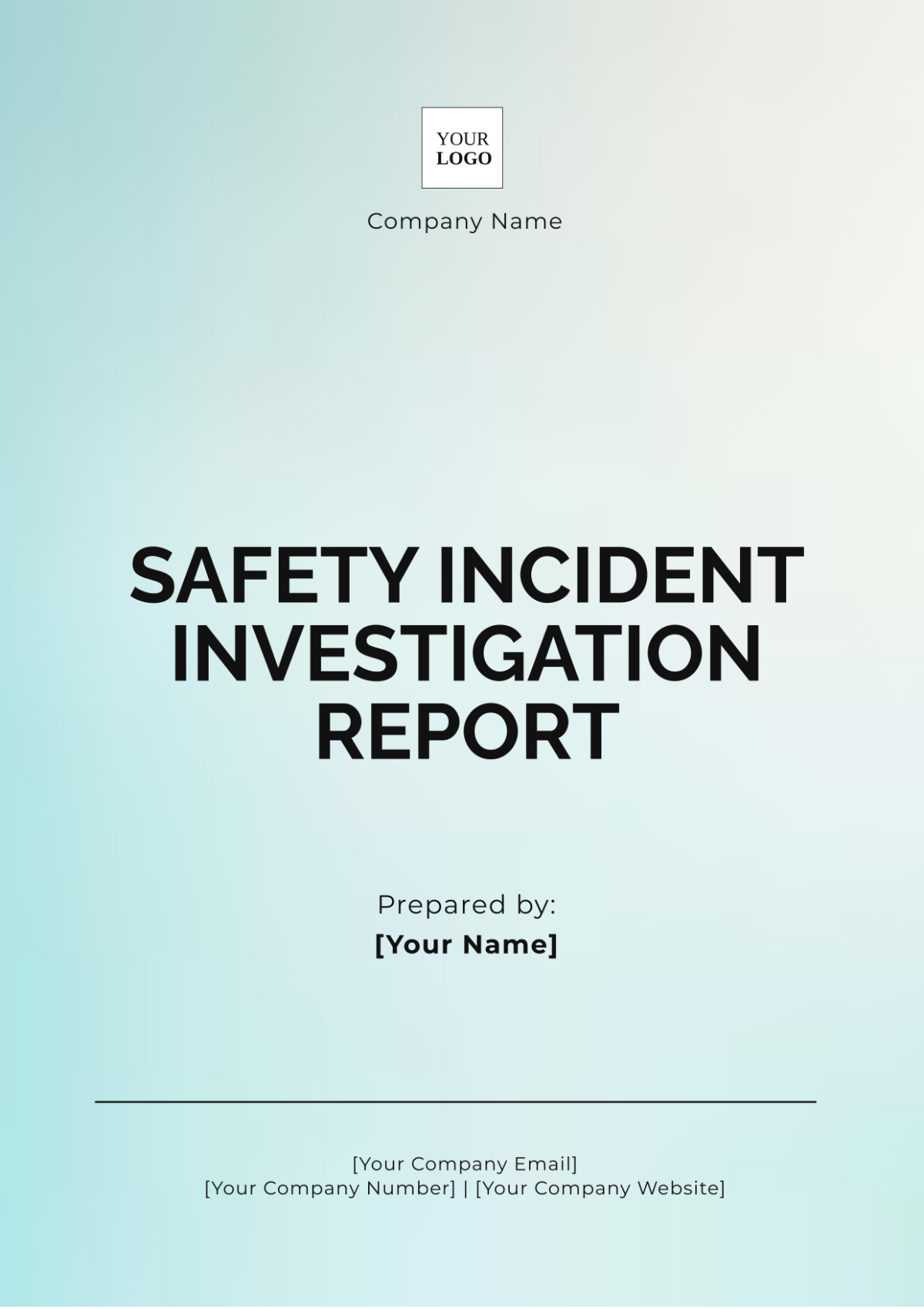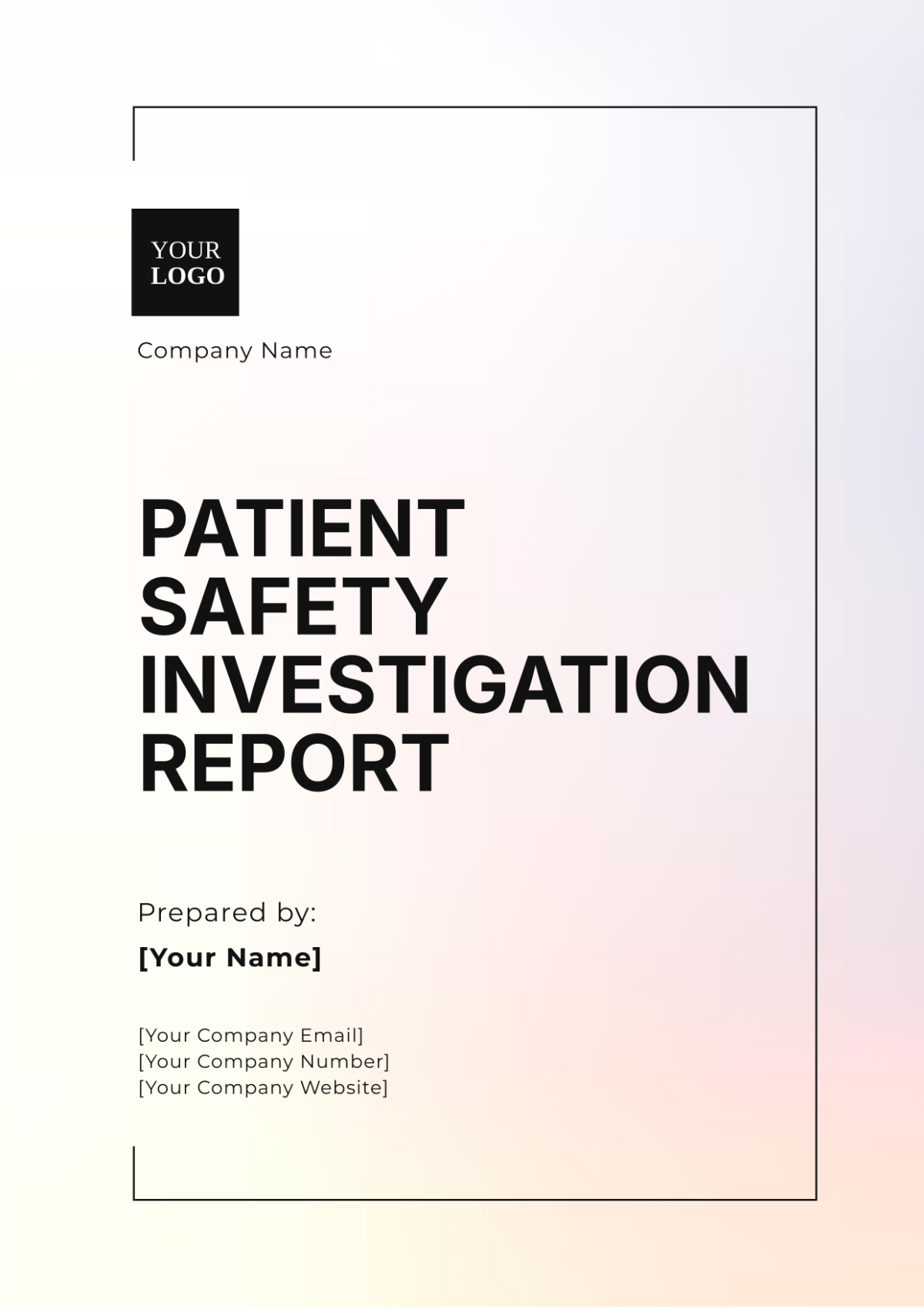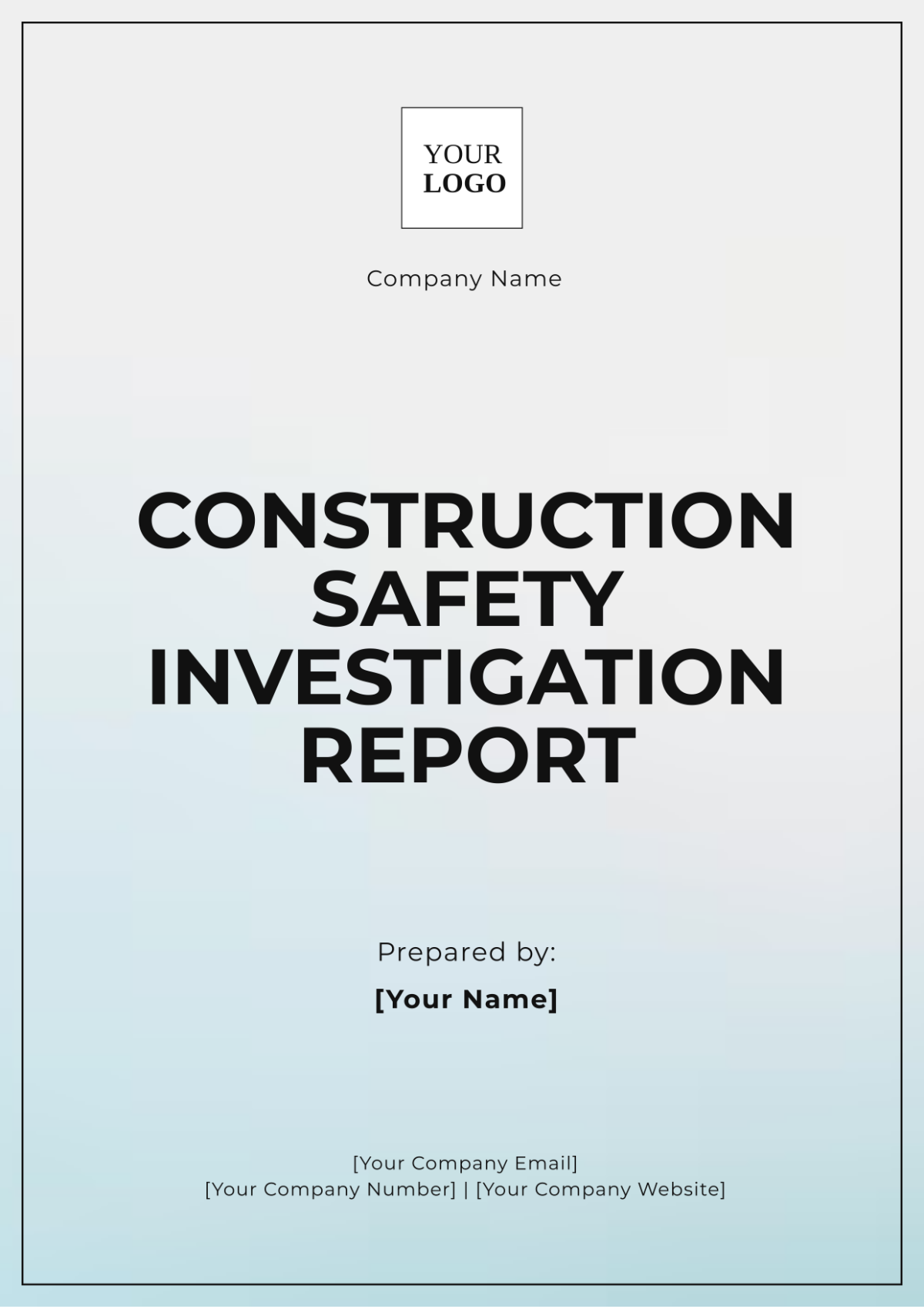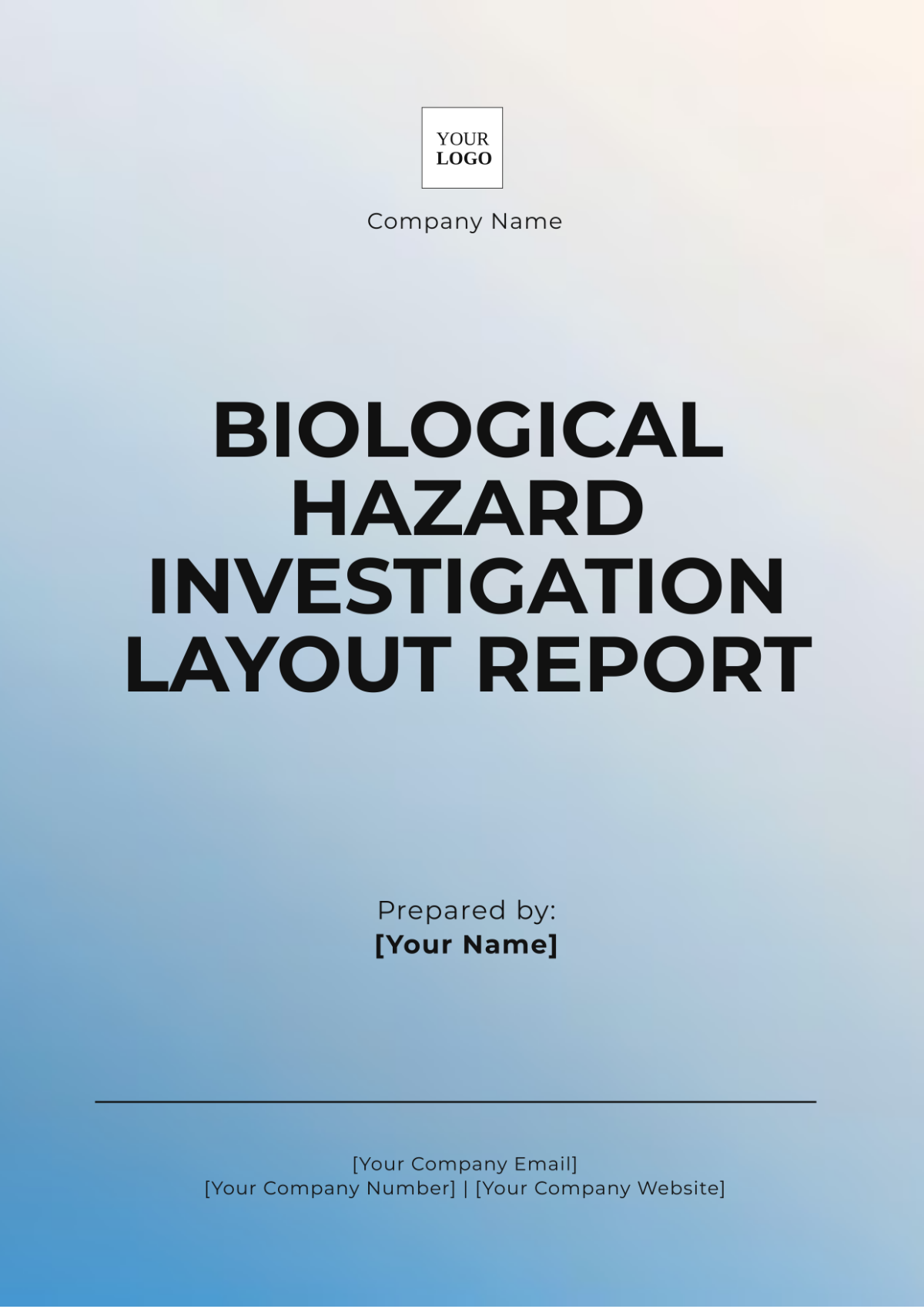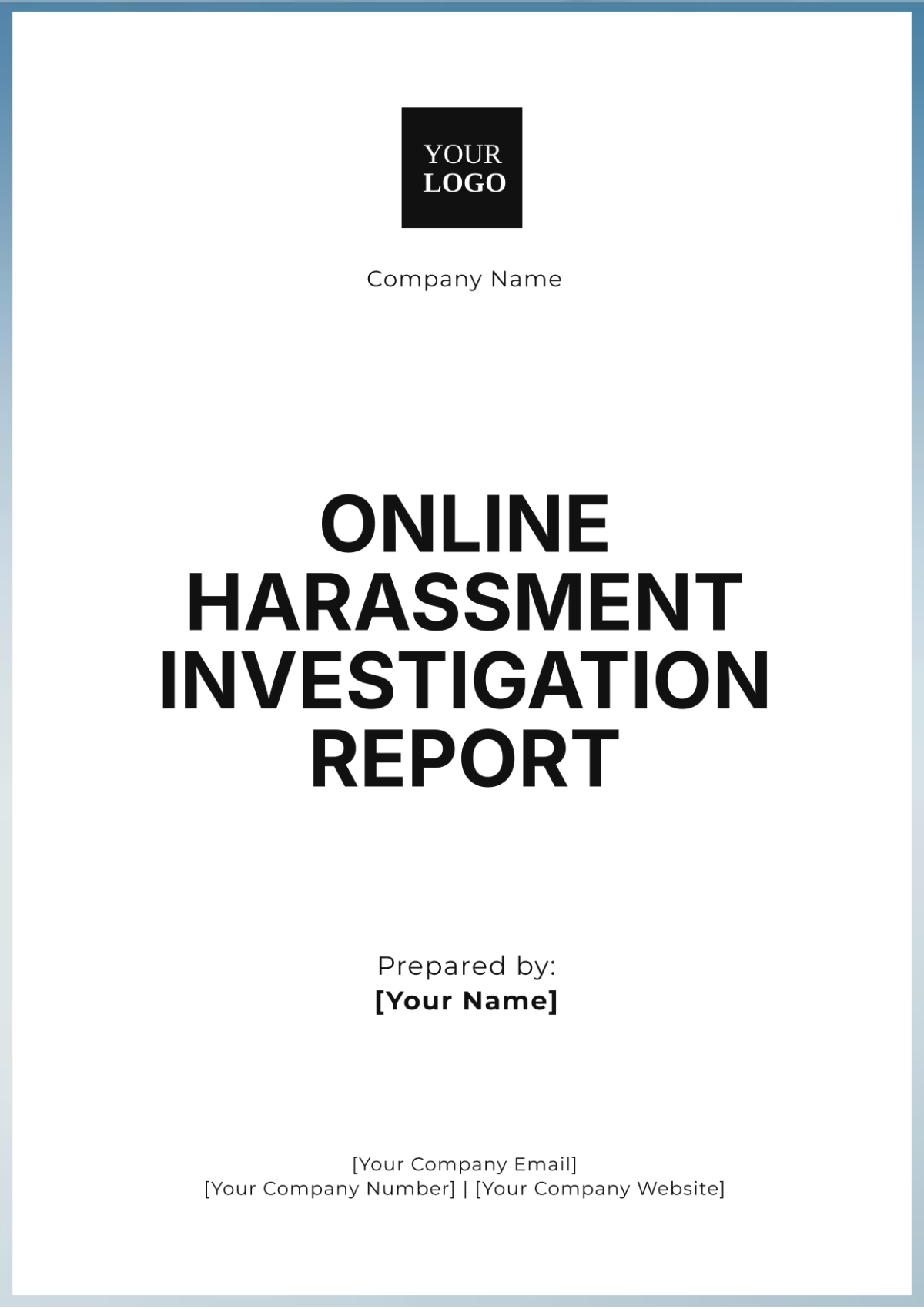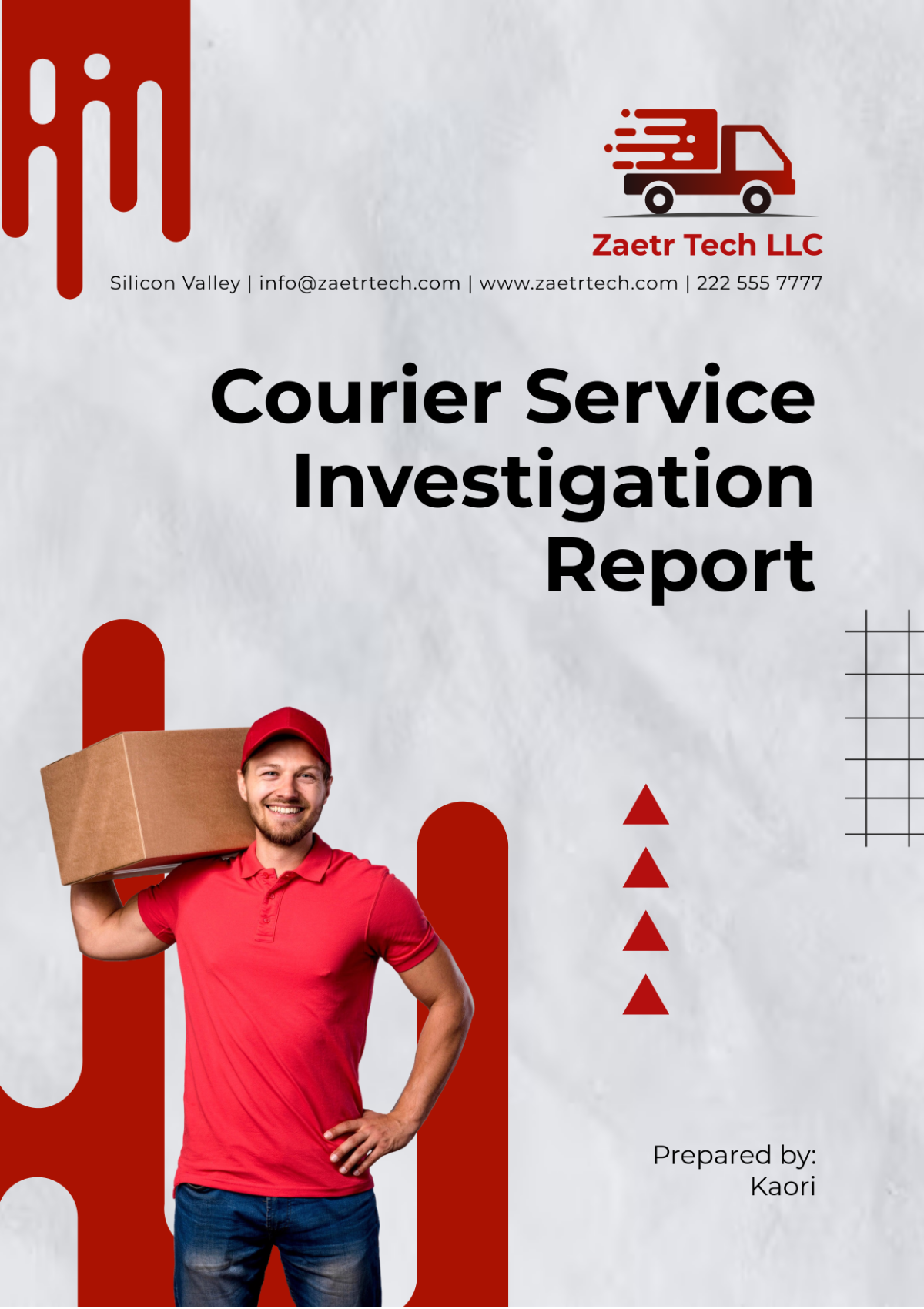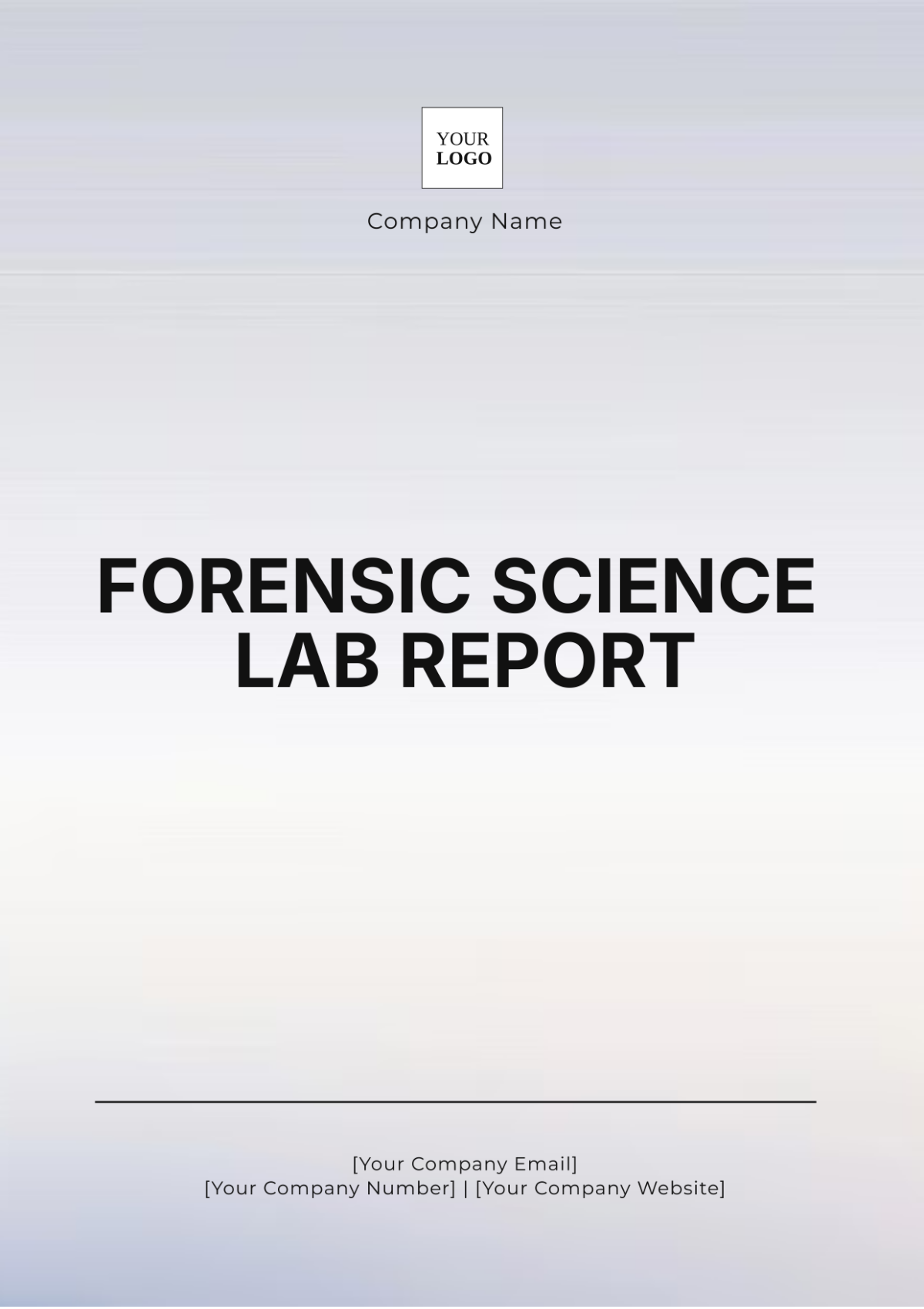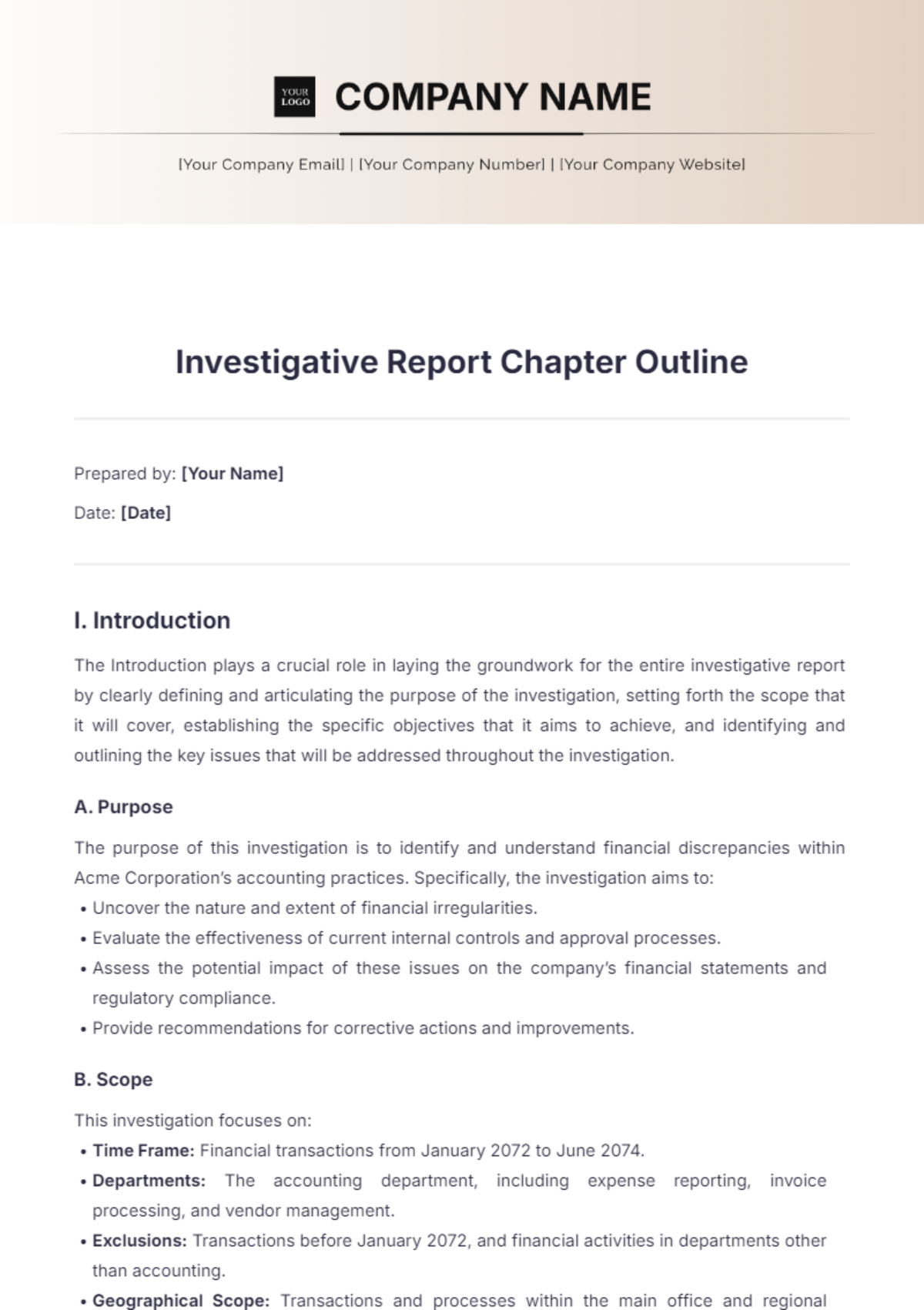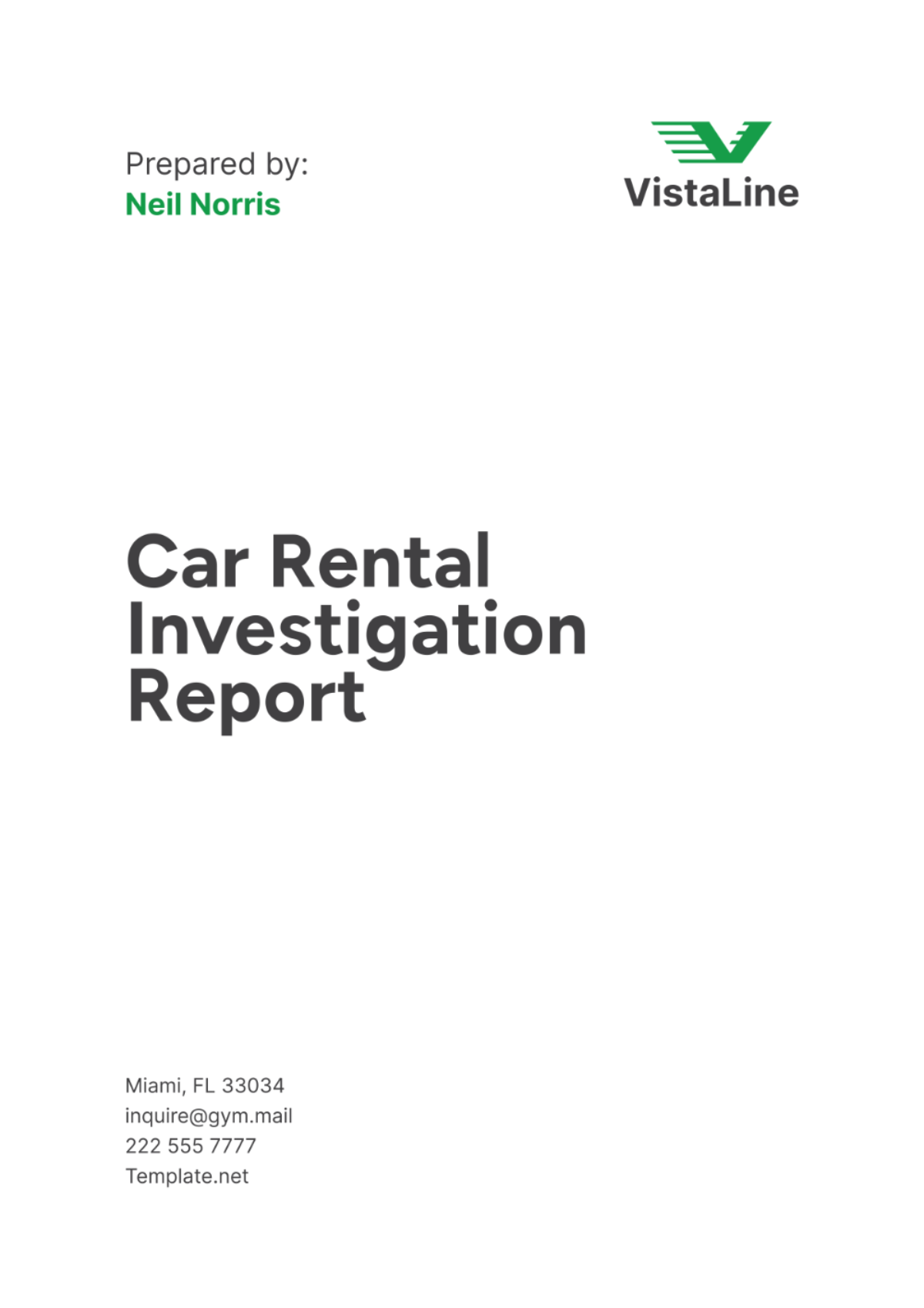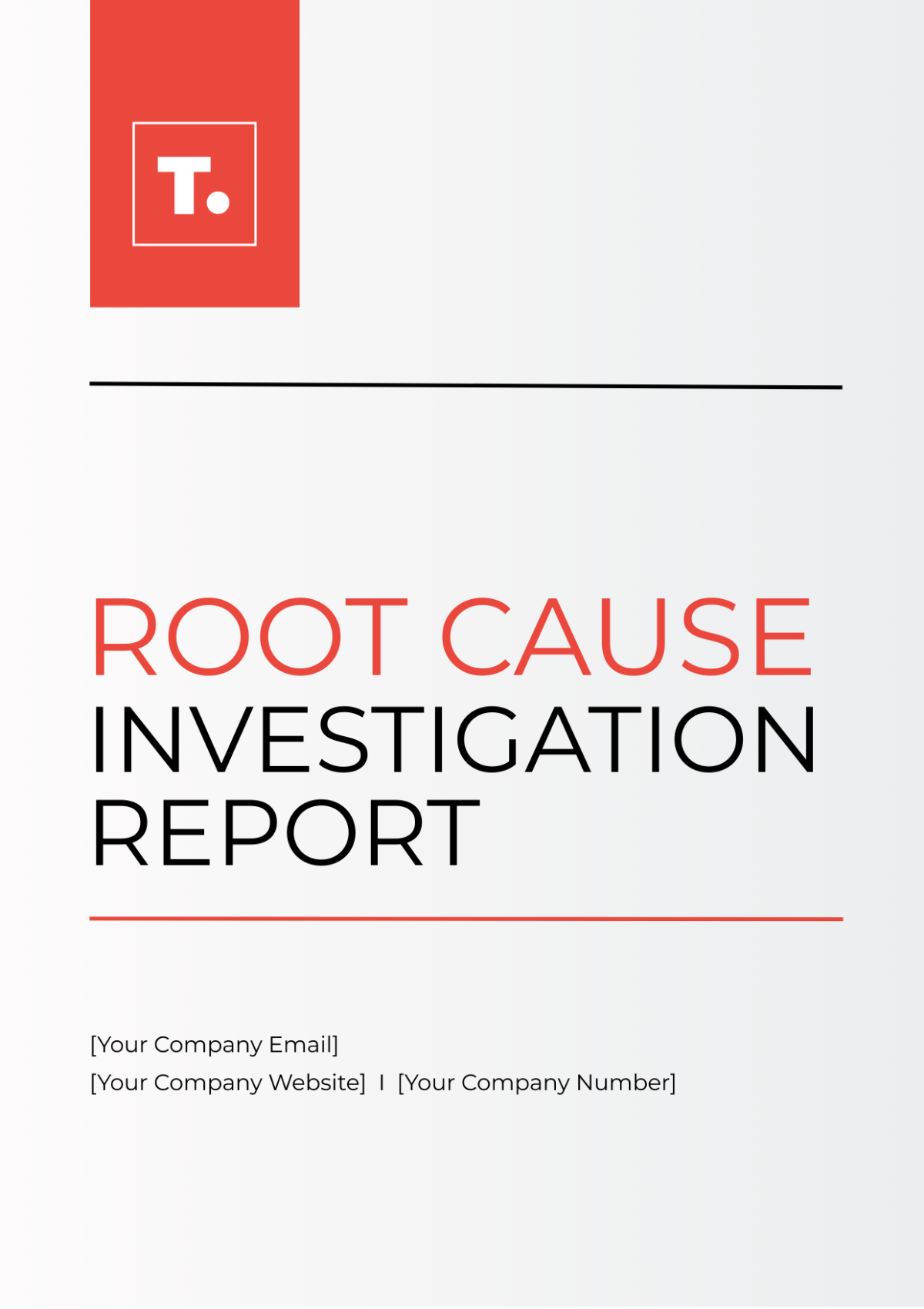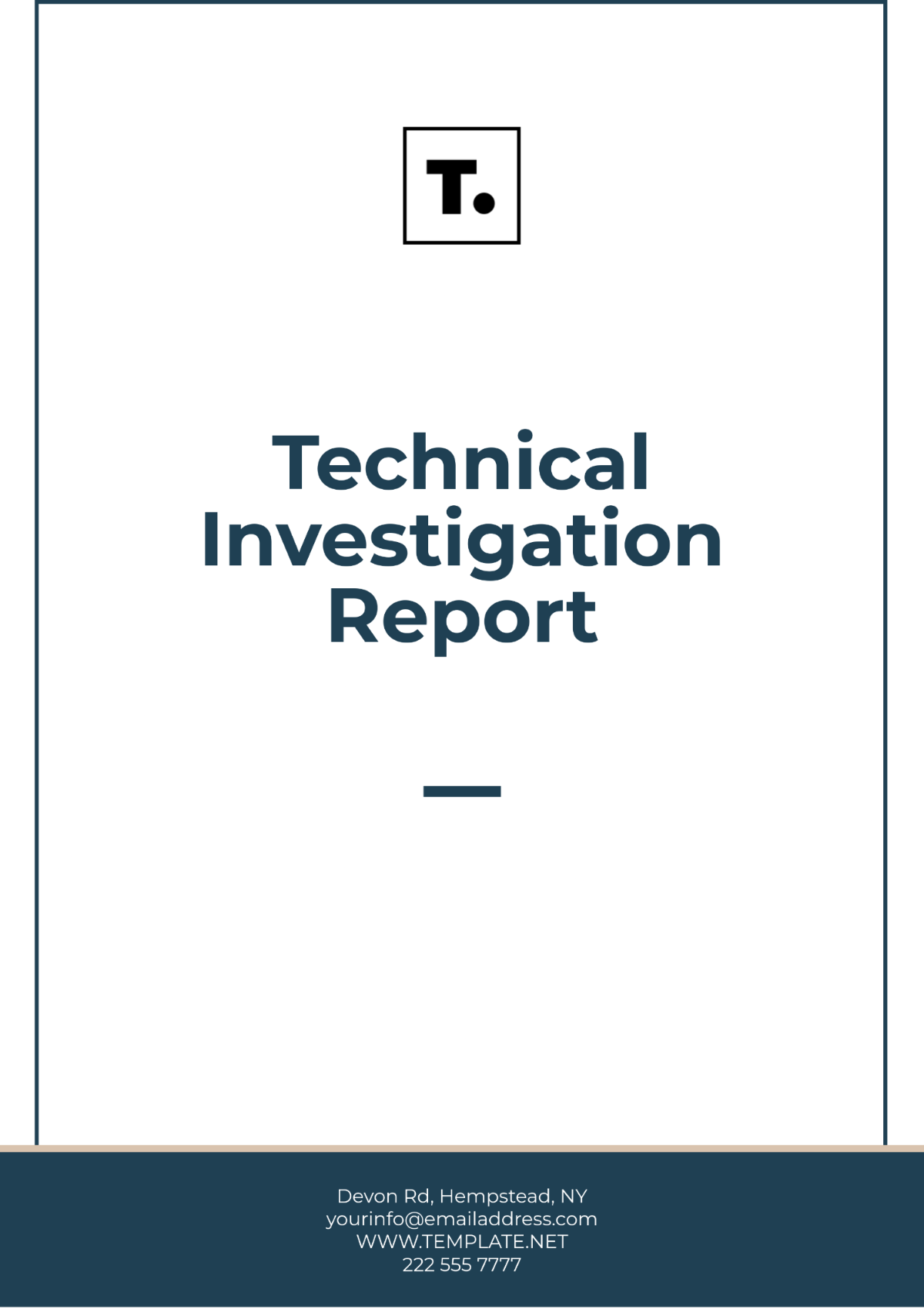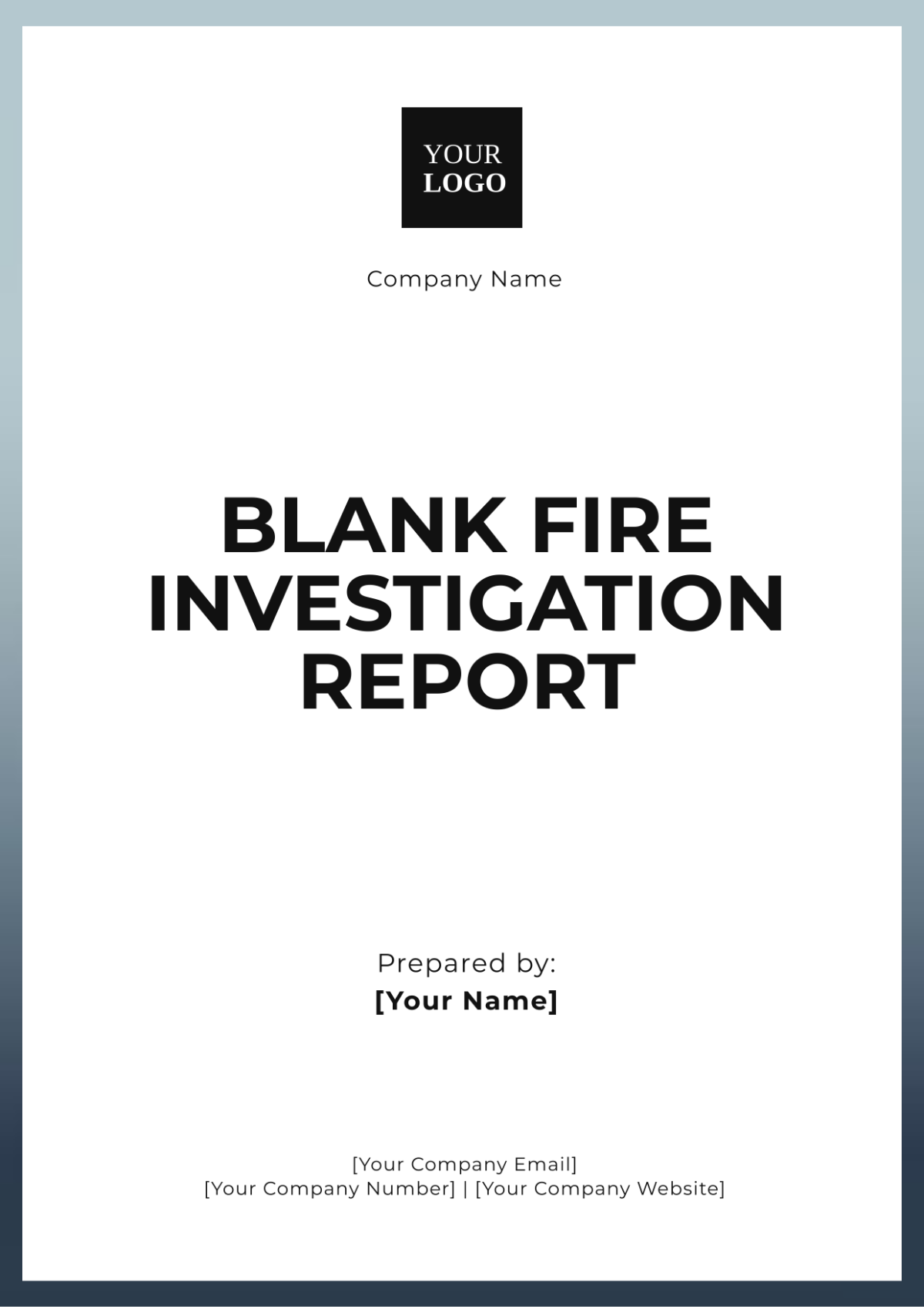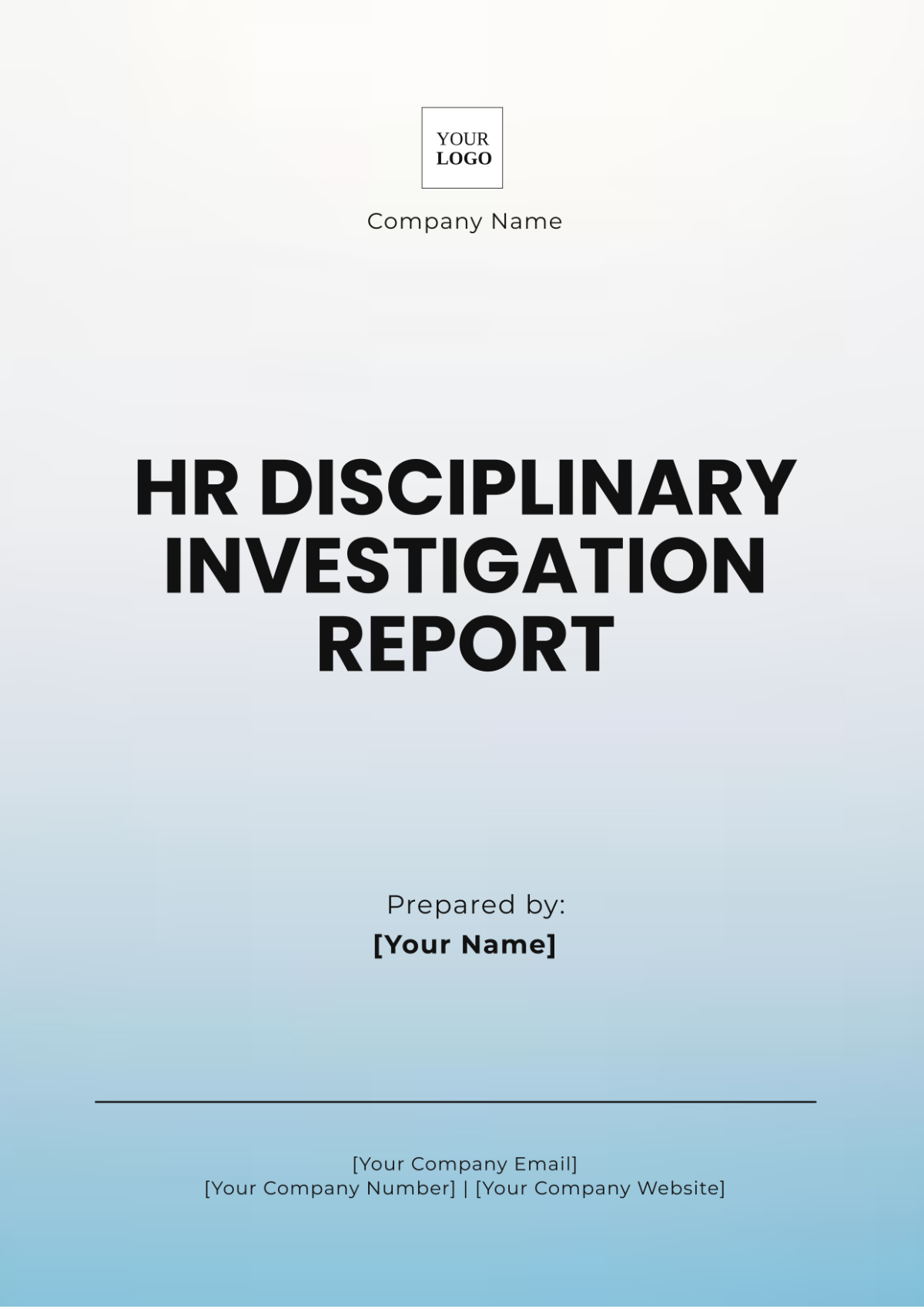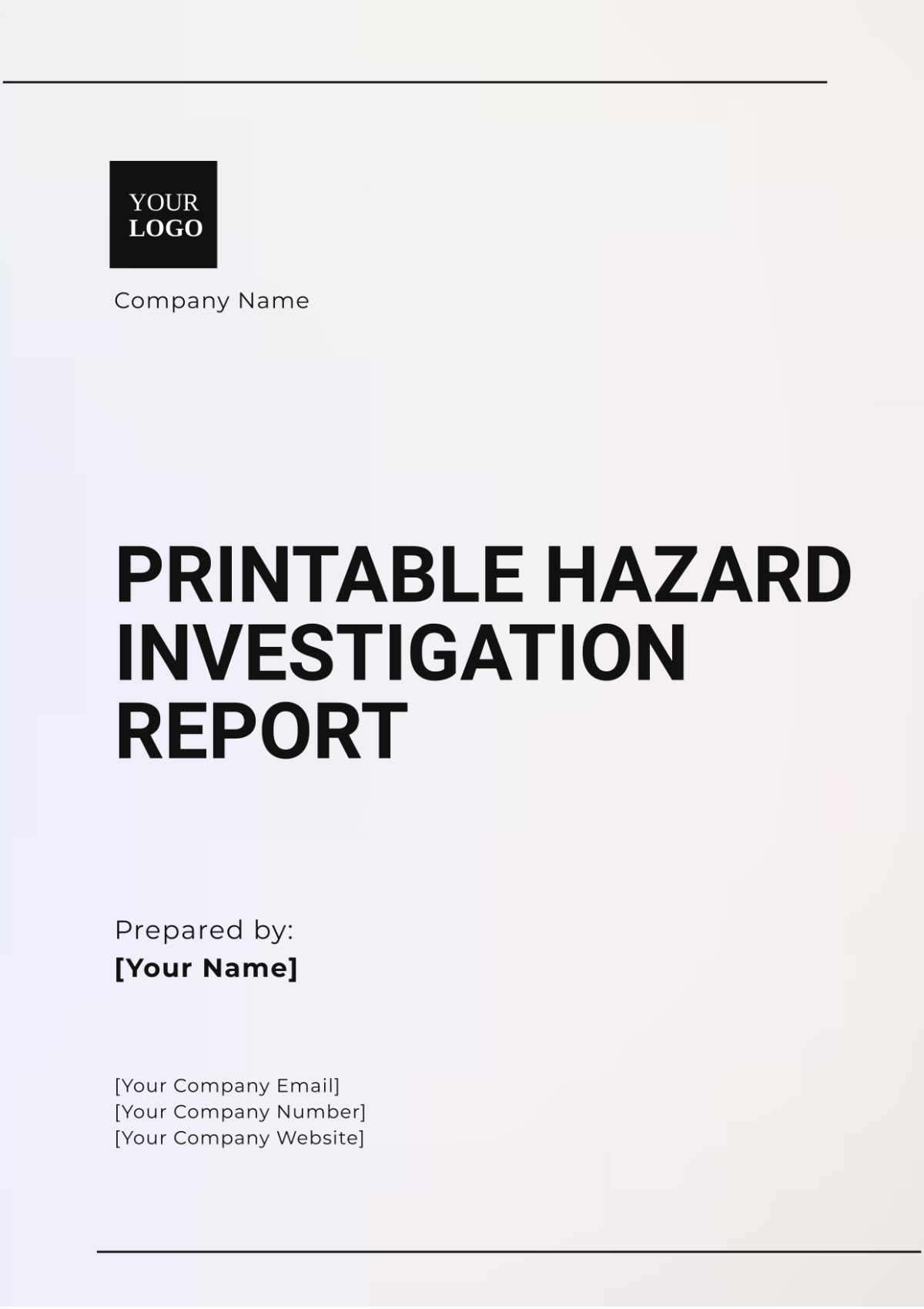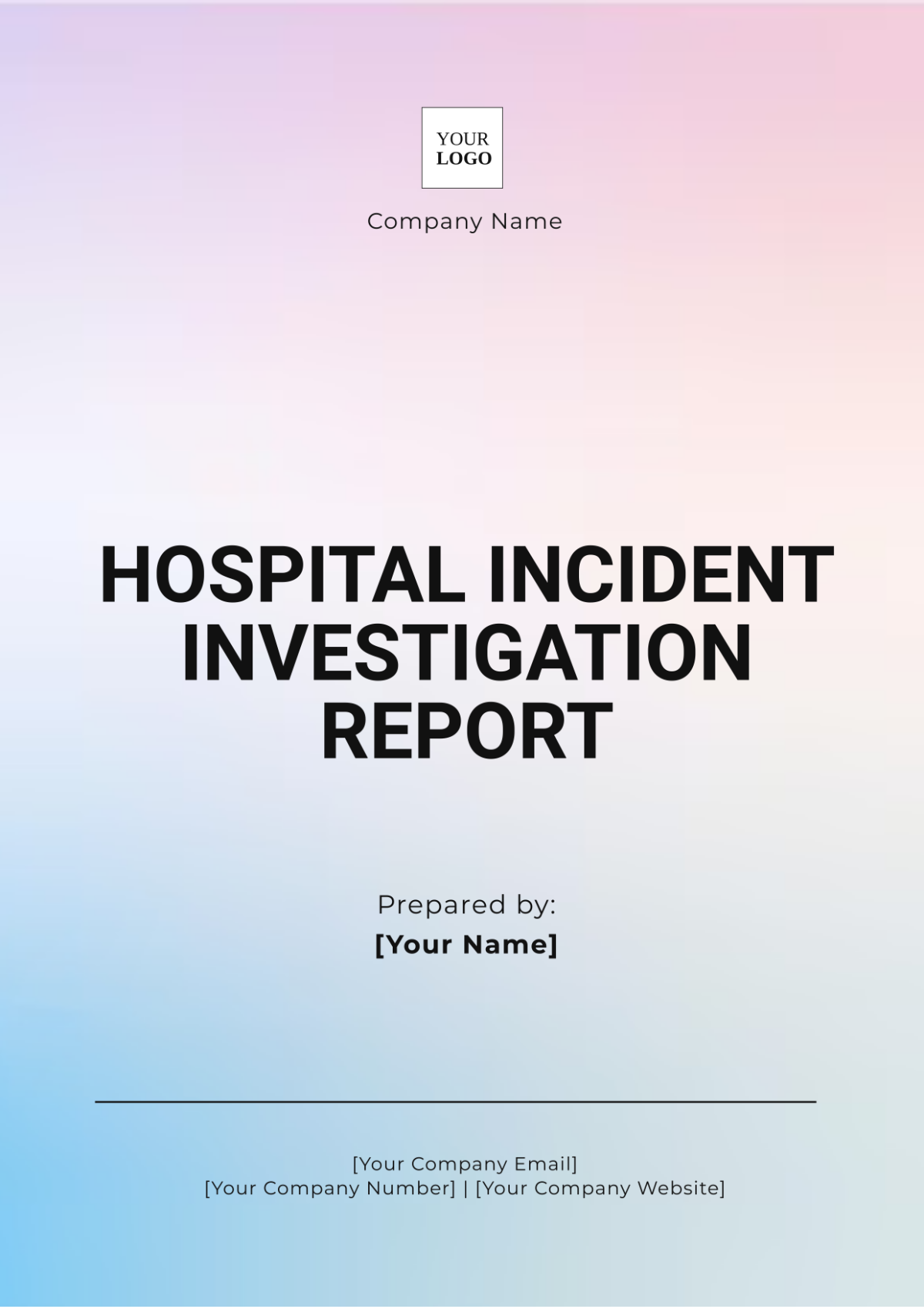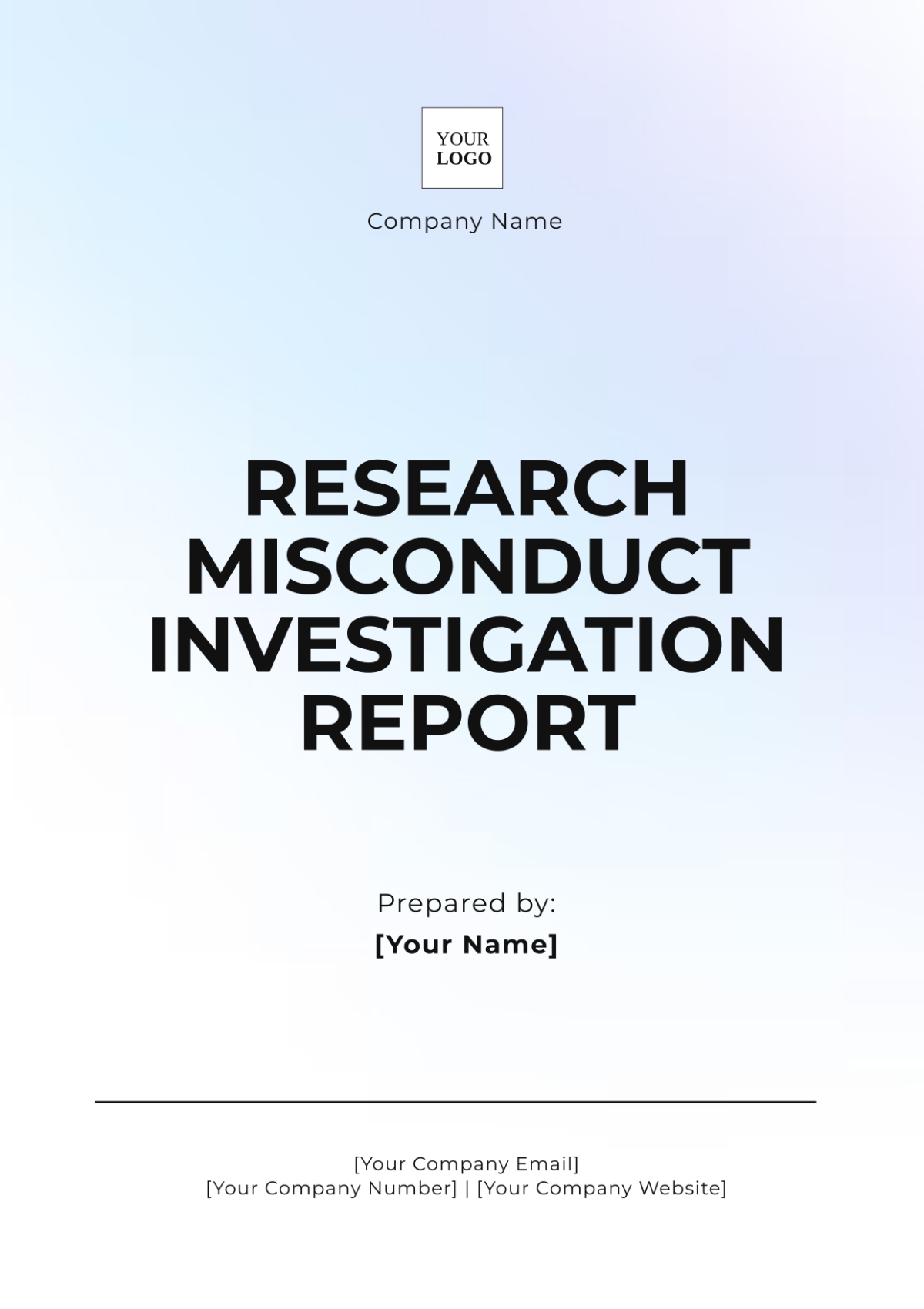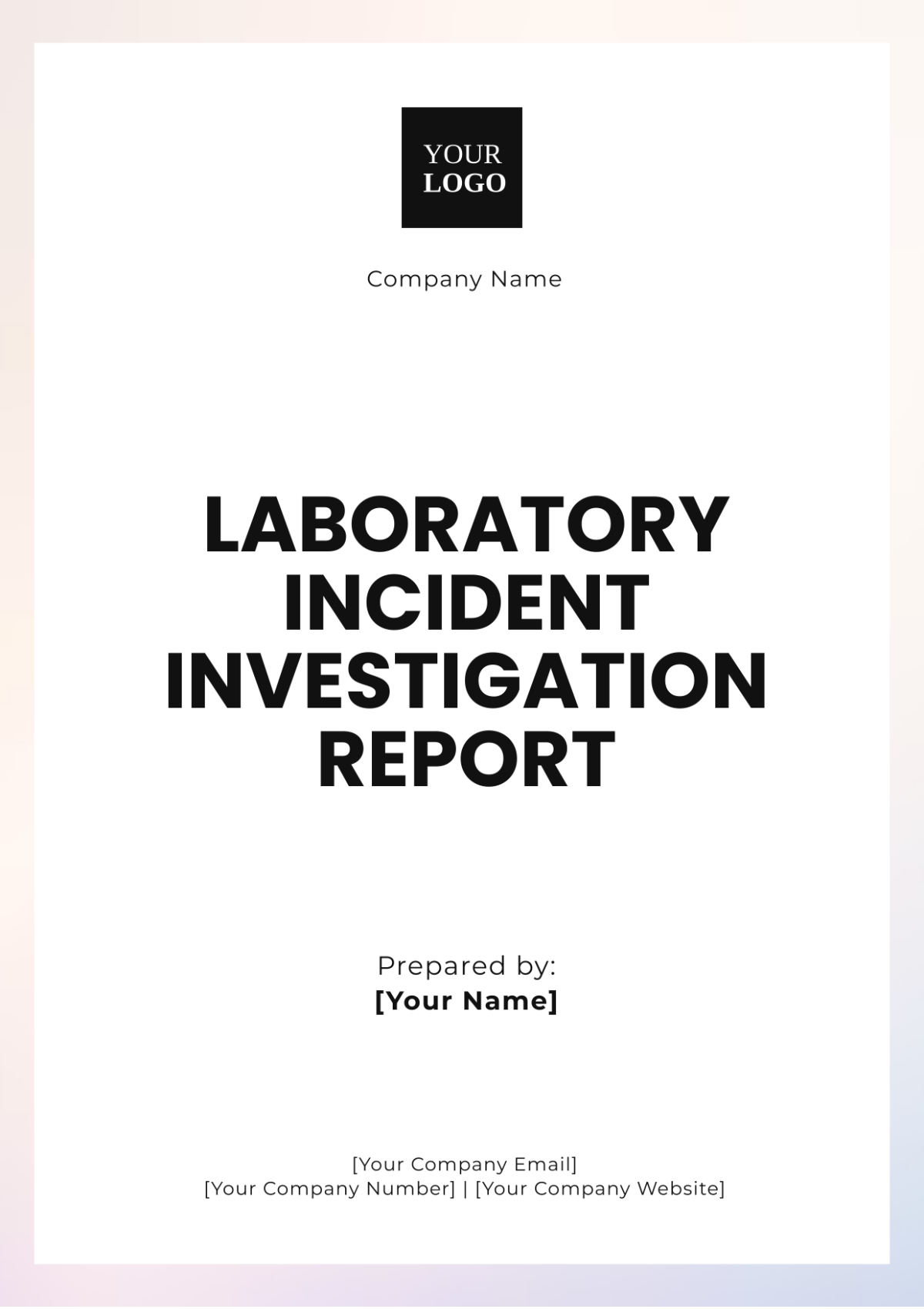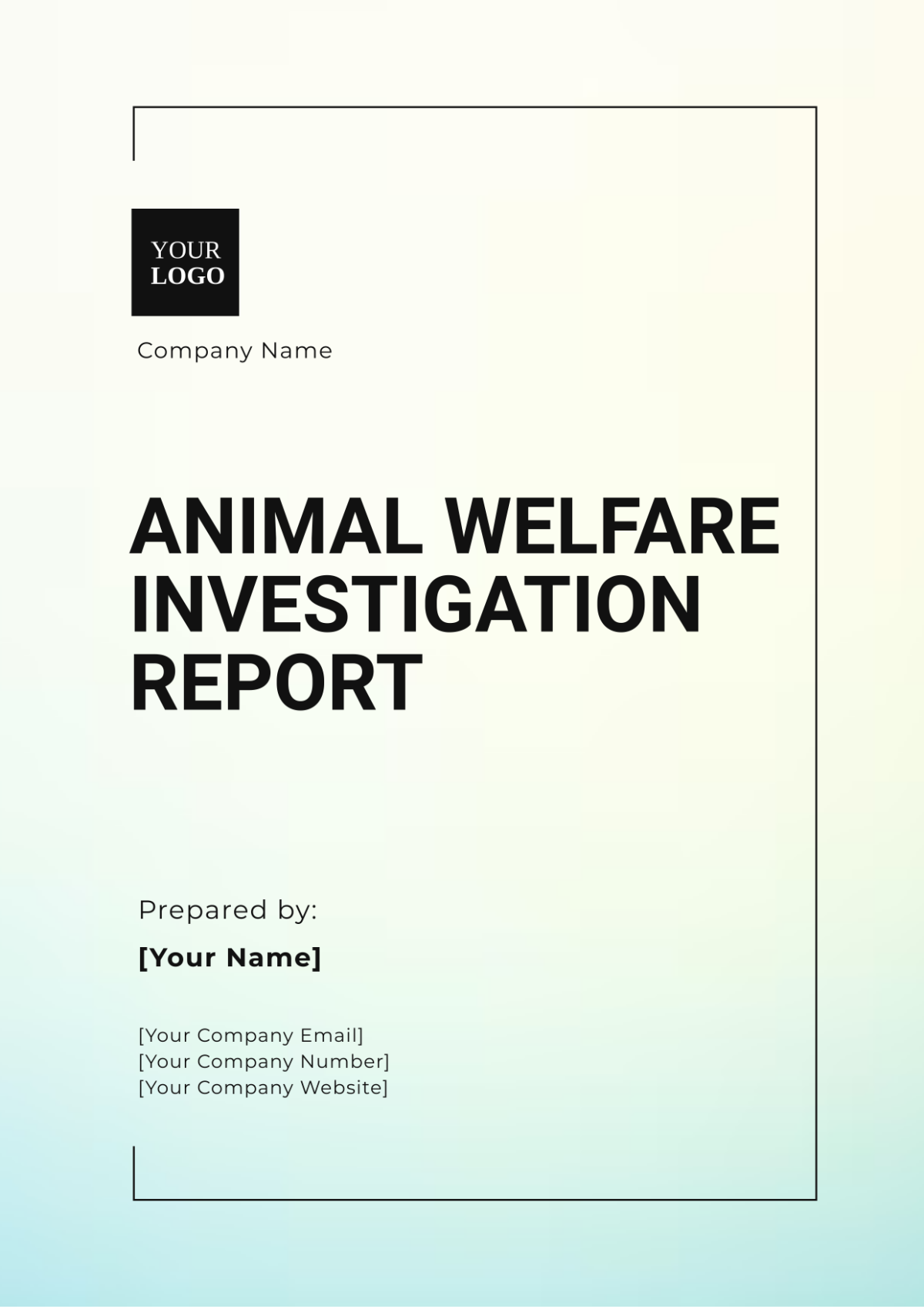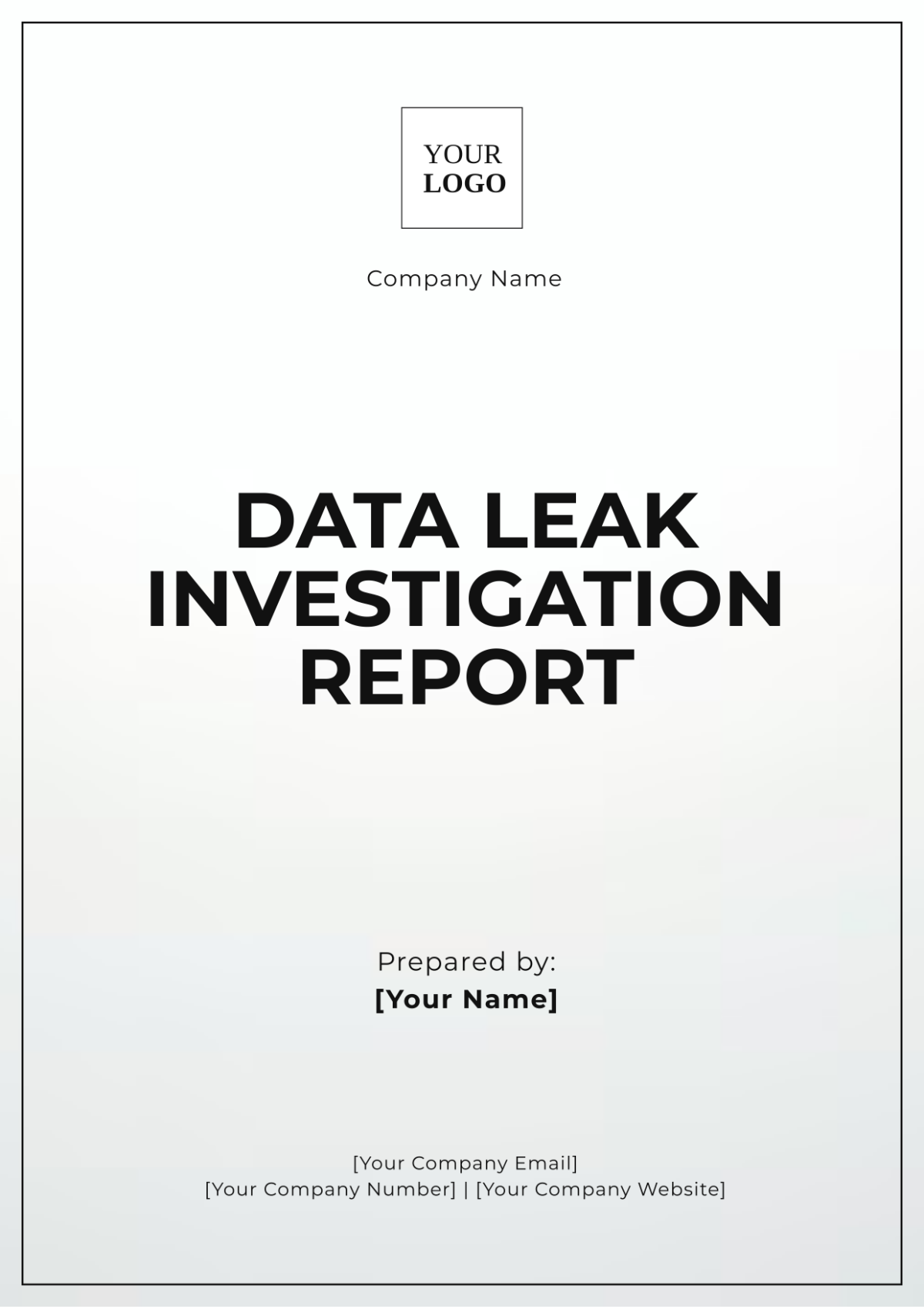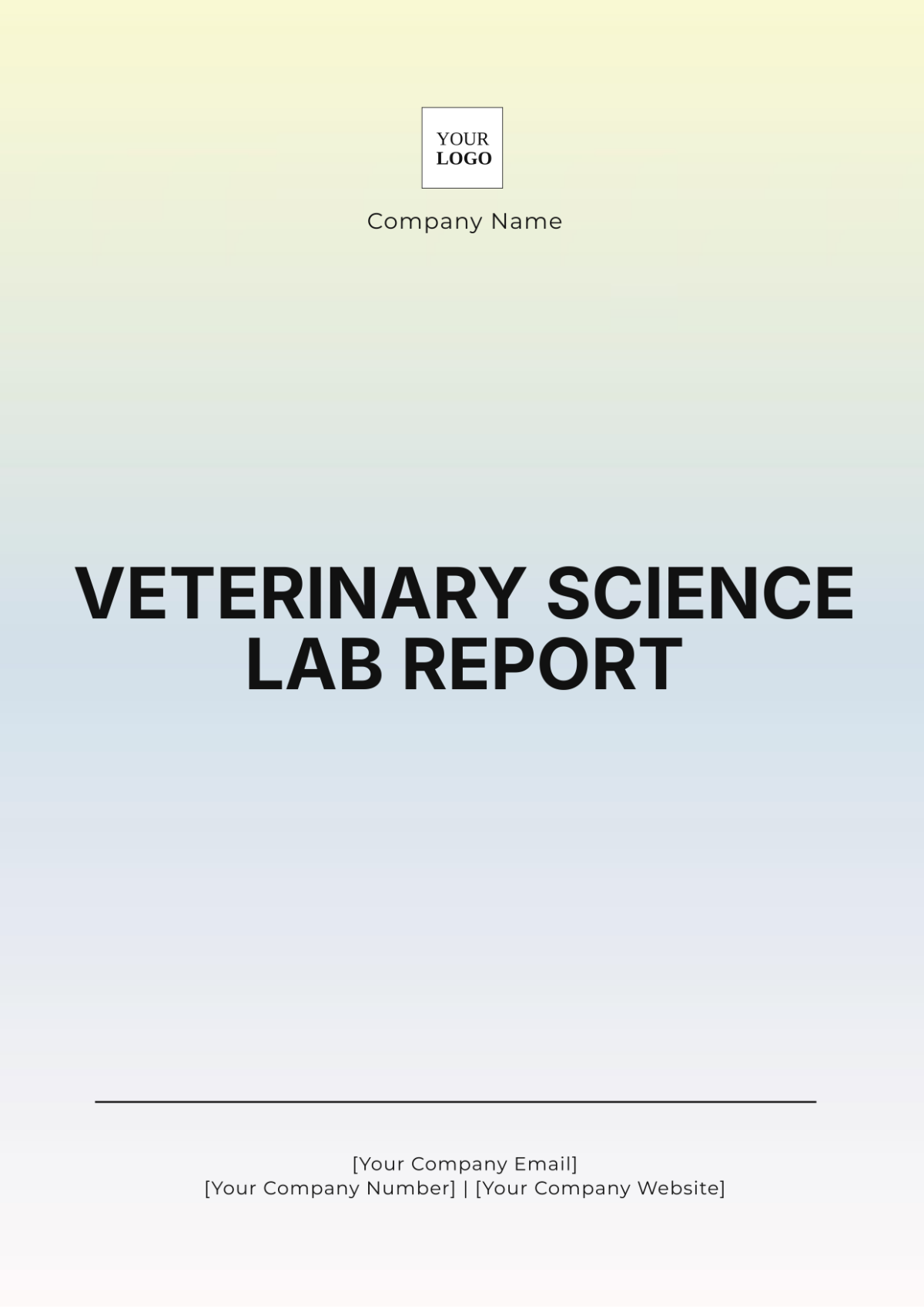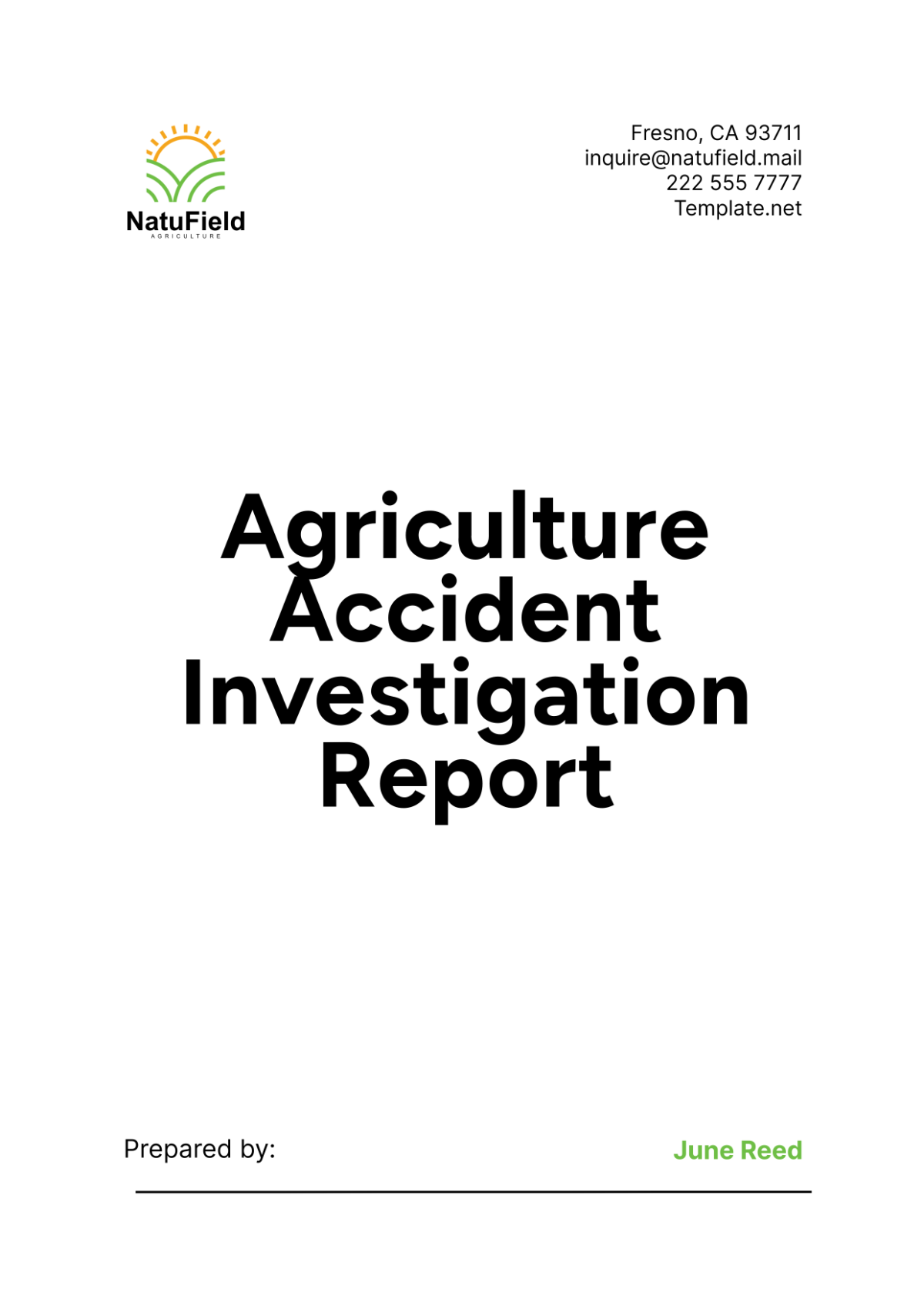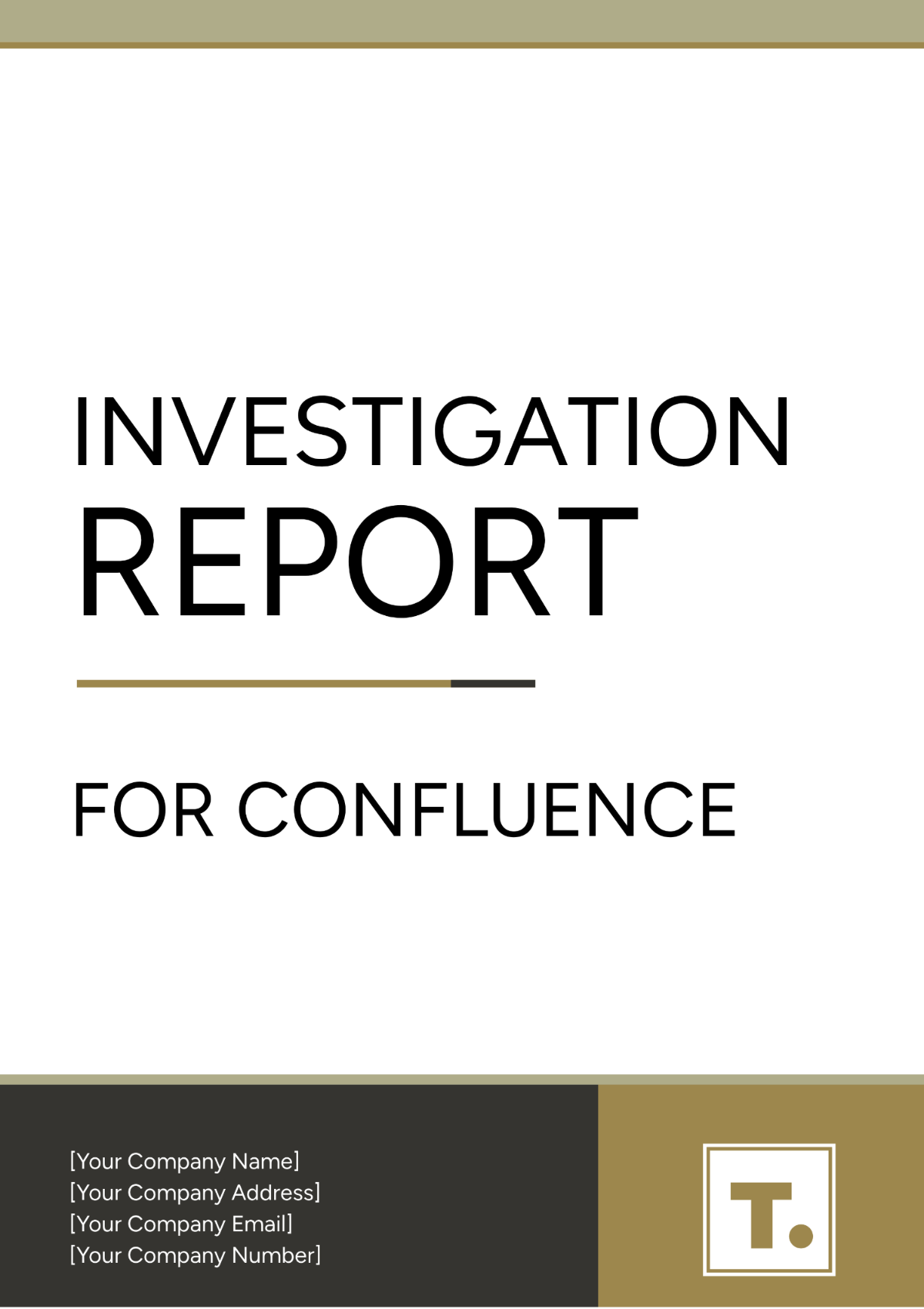Sample Investigation Report
Date: September 27, 2050
Prepared by: [Your Name]
Email: [Your Email]
Introduction
This investigation report examines the circumstances surrounding a safety incident in the warehouse. The report details the findings from interviews, evidence analysis, and reviews of safety protocols, aiming to identify the root causes of the incident and propose actionable recommendations to prevent future occurrences.
Background Information
Aspect | Details |
|---|---|
Incident Date | September 15, 2050 |
Incident Time | Approximately 2:30 PM |
Involved Individuals | Forklift Operator: John Doe |
Incident Description | Jane sustained minor injuries when John inadvertently struck her with the forklift while maneuvering through the storage area. |
Safety Record Prior | No recorded safety violations involving forklifts in the warehouse for over a year. |
Documented Near Misses | Several near misses had been documented in previous safety meetings, indicating a potential pattern of risk that warranted further examination. |
Scope of the Investigation
The investigation focused on:
Incident Timeline: Establishing the sequence of events leading to the incident.
Roles and Responsibilities: Analyzing the actions of individuals involved.
Safety Protocols: Reviewing relevant safety policies and their adherence.
Evidence Collection: Gathering data from various sources for a comprehensive analysis.
Methodology
The investigation utilized the following methods:
Interviews: Conducted with five individuals, including a forklift operator, a nearby employee, two warehouse supervisors, and a safety officer. The purpose of these interviews was to gather insights regarding the incident and assess adherence to safety protocols.
Document Review: Analyzed safety protocols, incident reports, training records, and the warehouse floor plan to understand the existing safety measures and procedures.
Evidence Collection: Collected video footage from security cameras and photographs of the incident site to corroborate witness statements and provide a visual context for the incident.
Site Visit: Conducted an on-site assessment to observe current operational practices and safety measures, identifying any potential hazards in the work environment.
Findings
The investigation revealed several key findings:
Visibility Issues: John Doe reported that he could not see Jane Smith due to the positioning of a large stack of boxes that obstructed his view.
Inadequate Signage: The designated pedestrian walkway was not marked, leading to confusion among employees.
Training Gaps: While John had undergone initial forklift training, he had not participated in refresher training for over two years, impacting his situational awareness.
Incident Reporting Delays: Although first aid was administered promptly, the incident was not immediately reported to the safety officer, delaying further investigation.
Analysis
The root cause analysis indicates that the incident resulted from both procedural failures and human error. The obstruction caused by the inventory stacking directly contributed to the inability of the forklift operator to see pedestrians. The lack of clear signage for pedestrian pathways compounded the risk of accidents. Furthermore, insufficient training for the forklift operator likely contributed to the lack of situational awareness and adherence to safety practices.
Conclusion
In conclusion, the investigation established that the safety incident was primarily caused by inadequate visibility due to obstructive stacking of inventory and a lack of clear pedestrian pathways. These issues were avoidable with proper safety measures and signage in place, along with timely refresher training for forklift operators.
Recommendations
To prevent similar incidents in the future, the following actions are recommended:
Policy Revision: Revise warehouse safety protocols to enforce guidelines for inventory stacking that prioritize visibility for forklift operators.
Mandatory Training: Implement annual refresher training for all forklift operators to reinforce safety practices and situational awareness.
Improved Signage: Install clear and visible signage to designate pedestrian walkways and safe zones, ensuring employee safety.
Regular Safety Inspections: Conduct monthly safety inspections in the warehouse to identify and mitigate potential hazards.
Appendices
Interview Transcripts: Documentation of interviews conducted during the investigation.
Photographs: Images of the incident site and surrounding areas.
Safety Protocols: Copies of the current safety policies and procedures for forklift operations.
Incident Report: Detailed report of the incident filed on September 15, 2050.

